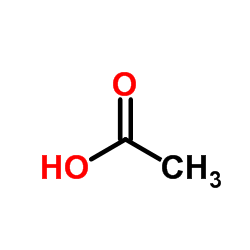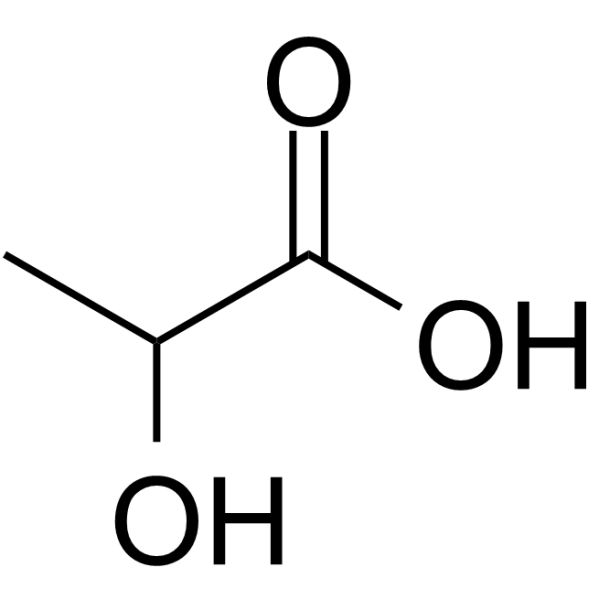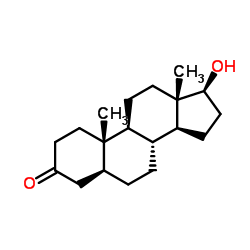| Structure | Name/CAS No. | Articles |
|---|---|---|
 |
Glycerol
CAS:56-81-5 |
|
 |
Ethanol
CAS:64-17-5 |
|
 |
Acetonitrile
CAS:75-05-8 |
|
 |
acetic acid
CAS:64-19-7 |
|
 |
Lactic acid
CAS:50-21-5 |
|
 |
Butyric Acid
CAS:107-92-6 |
|
 |
Stanolone
CAS:521-18-6 |
|
 |
1,3-Propanediol
CAS:504-63-2 |
|
 |
acetic acid
CAS:1173022-32-6 |